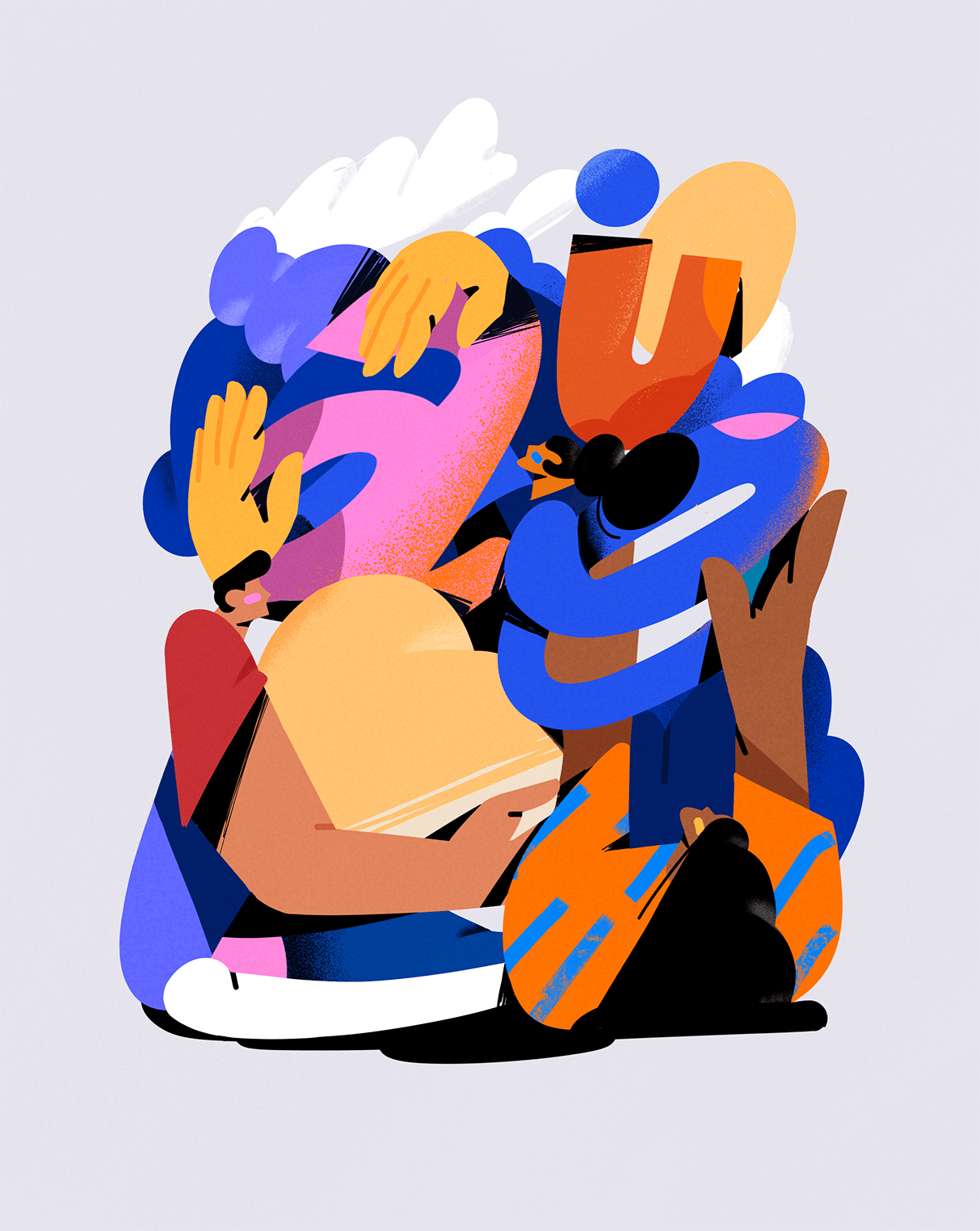Master's Thesis - Human-Automotive Interaction Design






With the advent of autonomous vehicles (AV), it is becoming increasingly important to explore the natural interaction possibilities within the autonomous environment as drivers and passengers are released from key responsibilities of vehicle operation. The evolution of Artificial Intelligence and the computing industry has placed new demands on human automation interaction design, or so-called intervention user interfaces. Empowering users to seamlessly perform multiple tasks at different attention levels drives the exploration for seamless user experiences within the AV’s ecosystem. The importance of creating an adaptive interactive system that could cover the full spectrum of human attention has been presented as a strong argument towards providing a more comprehensive user experience.


Current solutions still rely on the driver to perform multiple tasks to effectively complete the TOR. In order to meet the goals, the driver needed to perform several actions. In short: the driver would need to be situationally aware of the critical event, move his/her hands to the steering wheel or a foot ready to press the gas or brake pedal without actually turning the steering wheel or pressing down a pedal.

Studies have found that drivers not only engage in a wider range of tasks under autonomous conditions, but also an increase in the interaction rates or frequency of occurrence for some tasks. The same study found that once the riders trusted the system, they would more readily engage in activities considered hazardous in non-autonomous situations. For some, the removal of the driving task is seen primarily as an opportunity to engage in a more intimate social dynamic with friends, such as sitting around a table and facing one another while others prefer to remain facing the road and only turn their heads to communicate.

Based on my understanding of the current body of work, I worked closely with my thesis adviser and generated the following research question:

I generated two design concepts I wanted to prototype so as to probe and validate my research question.

Once I had finalized my design concepts, I conducted a workshop with fellow industrial and interaction design graduate students to get feedback on my design directions. I sat my colleagues in a low fidelity simulator at Georgia Tech's Human-Machine Interface Lab and proceed to run a think aloud exercise with them:

Insights from design workshop:
• Articulate use case with an example at the very beginning. This helps reduce confusion regarding intended functionality of the solution.
• Origami- based shape changing interface can be too distracting/disruptive for a user. A fold-out display would make the user drop their phone, not look at it.
• Designers responded well to the antenna/compass/stick idea. Lighting may be an issue during user testing
• Once the shape changing interface provides a direction, suggestions were made for a secondary device (like a laser pointer) that could highlight a part of the windshield for users to know where to look
• Most designers responded well to relative direction over absolute, especially in highly autonomous conditions. However, issues were communicated regarding when users have to look behind them. And 3D directions were suggested (Second user study was recommended that compared 3D vs 2D)
• Important information that the user's APP HAS BEEN PAUSED should always be displayed to reinsure users that their progress is not lost
• Basic information and control of the car should be available. For example, a “slow down” option that would enable users to reduce the speeds of their vehicle and give them more time to react
• Absolute arrows force users to lookup and identify what is going on. Any additional info may force users to spend more time on the display than outside
• Important note: goal of my device is to effectively bring user back to eye level
• During high immersion, it may be difficult to notice movement in the periphery (example of FIFA was given) hence the physical solution would have to be extremely obvious
Based upon insights received from the design workshop, I proceed to design a user study and further refine my prototypes.
I am currently collaborating with the Sonification Lab at Georgia Tech and conducting the following driving study:


PROGRESS UPDATE:
I am currently finalizing the functional prototypes I am going to use for my user study while waiting on IRB approval.








